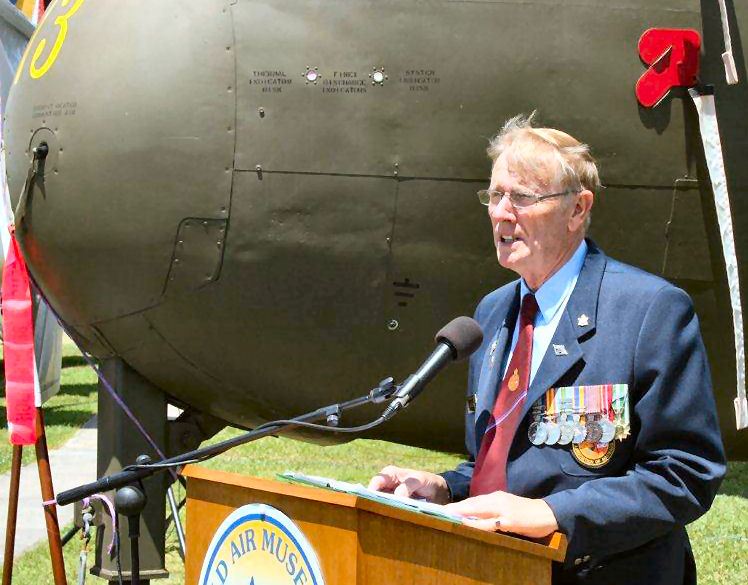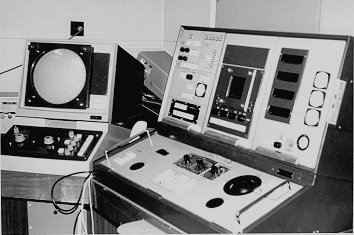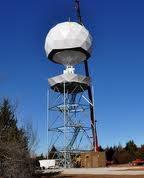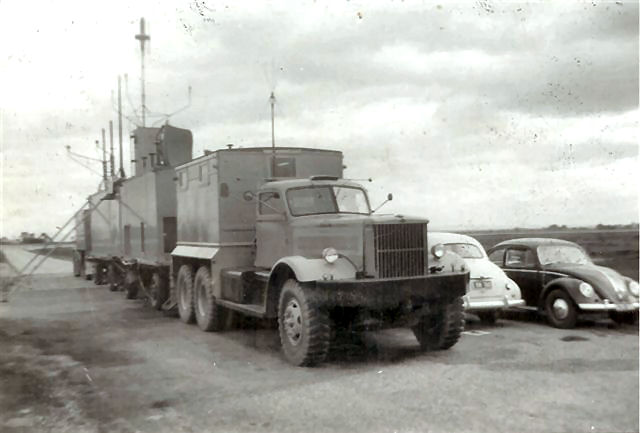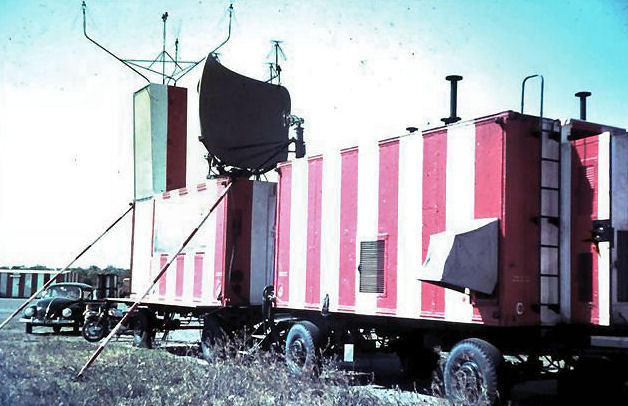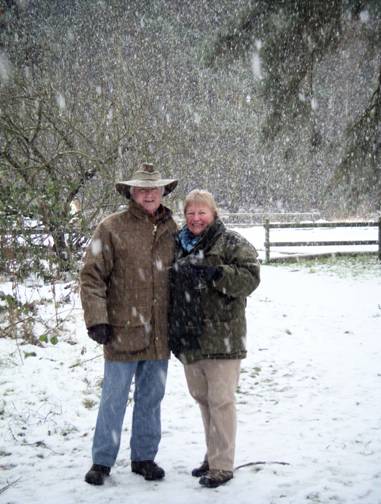|
Radschool Association Magazine - Vol 34 Page 5 |
|
|
Privacy Policy | Editorial Policy | Join the Association | List of Members | Contact us | Index | Links | Print this page |
|
|
|
|
|
The Queensland Floods and DVA’s response.
Alison Stanley Deputy Commissioner Queensland
This is an overview of how DVA is responding to the recent Queensland floods and also to seek your assistance in letting DVA know of any members of the veteran community who may need assistance.
DVA has a small coordination team headed by Alison Stanley, the Queensland Deputy Commissioner, to ensure that they are ready and have all their responses in place to respond to any issues that may arise.
This team is meeting every few days but also has input into and
receive daily updates.
Decisions and mail-outs are being managed so as not to put any additional burden on people who are affected. They (DVA) are also aware that there may need to be a more relaxed acceptance of proof of identify and in some cases veterans will need replacement of lost and/or damaged documents.
Defence Services Housing Insurance Services has assessed the number of possible claimants from the flood areas and have the assessors ready to go into locations once given the go ahead from the local authorities.
It is also a fact that in some instances, aids and appliances may have been lost or damaged and again the DVA have processes in place for priority replacement. At this time of year there is not generally much elective surgery but again they are aware of where there are travel bookings and have put in place alternative arrangements where needed.
VVCS is available for counselling and have checked that counsellors are on board and available.
Remember, DVA are there to help, if you need assistance, do not be too proud to put up your hand and it is far better to do it sooner rather than later.
Further information can be obtained by ringing the Department on 07 3223 8737 |
|
|
If the rich could hire other people to die for them, the poor could make a wonderful living. |
|
|
Amberley.
Spare a thought for the blokes and blokettes who work at Amberley. The Base backs onto the Bremer River which everyone knows flooded early in January and Amberley didn’t escape the deluge.
The photo below is of the KC-30 hanger looking from Chinook Ave in front of HOCU (the old 38SQN HQ – 12SQN HQ, just in front of the maintainers Building). The flood reached the top of the ground floor desks. All aircraft that could fly left for other bases. One C-17, caught on jacks, was lifted a little higher. The C-17 Simulator survived unscathed. |
|
|
|
|
|
The wise man, even when he holds his tongue, says more than the fool when he speaks. |
|
One ‘Insignificant’ RADTECH
Gary Broughton.
Below is a photo of the graduation group of 1884 Recruit Training Course at Edinburgh on 01 Nov 72.
The course started on 03 Aug 72, the day after I arrived at Edinburgh, with CPL Alan Dare ADG as DI. Later, CPL Peter Head ADG assisted. When Peter Head first appeared a few weeks after the course commenced, he was the butt of a few jokes, kept between the recruits of course, because his giggle hat had his name written on it for all to see. There was speculation that he had his jocks and socks similarly labelled so that he would not be confused about where they go. |
|
|
|
|
|
Back row, L-R: Kieran Brophy, Steve Kershaw, Steve Lucht, Chris Ophee, Kev Gillespie (from 1182), CPL K. Christopherson, Chris Daley, Ivan Murphy, Peter Lambert, J. Burgett, Steve Burge and Alan Curtin. Front row, L-R: Peter Grace, Gary Broughton, L.McGrath, J. Claydon, J. McCulloch, Dave Kermode, Mick Pierce, Dave Morissey, Tony Fitz and Colin Dodson. |
|
|
As it was, Alan was hospitalised on graduation day and watched the parade from a deck chair in his PJs and dressing gown, from the porch.
I suppose the course was routine. The only really memorable morning parade was when Glen Hay from 1182 or 3, later RADTECHA, rocked up with his SLR stripped down and the pull-through hanging out of the end of the barrel merrily tinkling as we marched. He was in a no-win situation: the pull-through was stuck, he had to be on parade and he had to have his weapon. We all reckoned he copped a lot less flack turning up than he would have had he stayed away.
We joined as the RAAF unique blue introduced by Sir Richard Williams was phased out by the dream merchants in Canberra in favour of the train conductor’s uniform. We were issued with the new uniform and the long and short drabs. Whenever we were permitted to leave the base, we had to wear full uniform. The long drabs were the preferred kit. Naturally, it was not long before we were told we could not wear drabs anymore. They were far too practical and looked a bit too Air Forceish.
When we graduated, we were sent off to our respective training establishments, most of us going by the Overland train, cattle class, to Melbourne. Great concept: join the RAAF and get shipped around by train, sitting up, overnight, with no chance of any sleep amongst the screaming kids and snotty nosed mothers, or was it the other way around? We had to travel in full uniform, so it was not unusual to have the other passengers ask us, usually me, to help with the luggage. I obliged, but I also explained that this was a RAAF uniform, not a SA Railways uniform. I don’t think anybody believed me.
After rookies, the only people from the course I ever saw again were Steve Kershaw and Ivan Murphy. Steve went to Radschool with me and became a RADTECHA. He came from the NSW Railways and didn’t mind bullying the younger blokes. I’d heard that he’d had some misfortune in his life after Radschool. Ivan was a GH and I met up with him again in Darwin in 1980 when I was posted to base radio. Ivan was a CPL then and had a great job of looking after the pool and other amenities. I’ve not heard of him since, though.
Having arrived at Laverton, we volunteered to work with Pool Flight. I ended up with a room at the bottom of the stairs on the ground floor, on my own, in block 124 I think it was. I don’t know how I ended up in solitary, but I didn’t have to share a room for months until my course started.
The best jobs on pool were on the golf course. I think everybody wanted that gig. So I ended up in Support Command at Victoria Barracks, G Block I think, working for one of the AEENGs. Everybody wore civvies, except for me in the train conductor’s outfit so you never knew who was who. Suddenly, on one day of the week, which was designated “uniform day”, I’d find out that I’d been rubbing shoulders with SQNLDRs and WGCDRs. To a young sprog, this was terrifying.
The building was oppressive in summer. It was an old, two or three story timber building and this AEENG was on the top floor. My job was to ‘make-work’ at best. I think I wrote titles on the front and spine of salmon coloured file covers. I was proud to be defending my country and learning new things. There was a young chick working there about my age. I think she was a SQNLDR’s daughter and we hung out for a while. It didn’t work out, so I’ve blanked out her name. |
|
|
What you don’t see with your eyes, don’t invent with your mouth. |
|
|
Somebody at Radschool took pity on me eventually and I got a job at Appy Sqn. I painted curbing and rocks and repainted hut numbers around the place. I’m sure the appys thought it was an appropriate use of a thick’s time. That was the weird thing about being a thick. I was hardly any older than most of the appys yet, somehow, we were worlds apart.
When the ASCO Canteen was boycotted, we thicks were warned off, but the appys still had access. We young blokes relied on that canteen as much as anybody, but I guess the boycott sent a message. In any case, ASCO turned into a complete shemozzle and re-organised and became a shadow of its former self. So something was achieved.
I finally started course on 65 RMC/RTC in mid March of 73. I think that’s what pool must have been about. It made you really keen to get on a course. We had our first course photo on 07 May 73 while doing RAD1. This is it.
Time has taken its toll and I am hard pressed remembering the names of most of these guys. Many never made it. Remuster to GH or discharge was the ever present threat should a student fail. It was a real threat. Some names I do remember though. |
|
|
|
|
|
Back row centre is Bruce Beggs (dec). Bruce became a RADTECHG (we were all given the choice of becoming Air Techs or Groundies before we started the equipment phases). We were pretty good mates. He introduced me to my wife of now 36 years. His first posting was to Butterworth in 74. He was killed in an MVA in 76 while riding his motor bike on the Penang Road. On the right hand end is Glen Hay RADTECHA and JP.
Third from left in the centre row is me, Gary Broughton RADTECHG. It’s an embarrassing photo, but it’s too late to go back.
Front row from the left is Steve Kershaw RADTECHA, Jim Hatcher RADTECHA, Lionel Herron RADTECHG, John Simkin RADTECHG and Reg Furlong RADTECHA. I should have written all the names on the back of the photo, but at the time, you never expect that you’ll forget anybody – so if you can help with some names, please do!
We were one of the first courses that, in theory, went straight
through. In a throwback to the old ways, though, we were still
remustered at the end of the RADMECH phase (the end of RAD6) and
sent out to various units to get some OJT. Reg Furlong and I
This experience made up my mind for me as to which direction I should go. Thus I chose a ground career. Reg chose air. I never could work that out. Maybe he liked TV. |
|
|
A hero is someone who can keep his/her mouth shut when he/she is right. |
|
|
It’s a wonder anybody ever got through the training given all the superfluous nonsense that went on around it. Trivial charges, which I managed to dodge, suspensions, back courses, discharges and remusters. A lot of pretence to military. One of our number was charged with something really stupid and Glen Hay, being a JP in QLD, thought he could mount a defence in the kangaroo court. After all, it was a legally convened venue, even as insane as it was. In the end, SQNLDR (Hoho) Jefferies was unfazed and awarded 14 days CB to the hapless accused. The guilty bastard was married, so this was quite an imposition. I guess this was designed to encourage academic success.
Wherever you are today Jefferies – you’re a dill..
There were some characters at the school. Other than Hoho, there was WNGCDR Thorn, who was the CO and it seemed, universally disliked. Funny really because the students had very little to do with him, yet he attracted some passion.
When I first arrived there the WOD was a big man who had to wear a
back brace. I don’t remember his name, but he seemed a pretty
affable guy. He treated the poolies very well anyway. His office was
at the end of the HQ hut and he never seemed to
Hoho was a laughing stock. He was the OIC Training Squadron. I’d worked in the admin section of TS on pool for a short while. As I recall, admin was in the centre of a hut in the midst of the RADMECH classrooms. Hoho’s office was at one end of the same hut with no adjoining door. My principal role was to prepare Hoho’s morning cup of tea (cup and saucer) and bikkies in the admin area, descend the steps, go round to the steps at the door to his office, ascend the steps, knock on his door, wait for an answer, open the door, place his cup of tea on his desk (all without spilling any), step back two paces, salute, smartly turn left, march out of his office and close the door. This was a major contributor to the defence of the nation.
When courses were marching along the road, one sport (provided the trainee wearing the CL armband was amenable) was to spot Hoho and move the course to the opposite side of the road. Hoho would invariably change over. He had to get the salute from the marching body of men (boys really). If you saw him soon enough, you could get him to change over two or three times before you got level with him. The sad thing is he never seemed to wise up to it.
The bulk of our graduating course was made up of re-treads and appies who’d been given another chance as thicks. Nick Beeston (Dec) taught us either the 801 transmitters or CADF in the equipment phase. He was pretty easy going and got us all through that with no drama. Where we did have a drama was with the Quad Radar. I forget who the SGT instructor was, but he would give us a morning’s worth of instruction, then vanish after lunch. He never left the SGT's mess. For the most part we realised we would be in a spot of bother if we didn’t deal with it, so we ran the classes ourselves when he was away. We passed, but God knows how.
65RTC finished in Jul 74. I never saw any of these guys again except for John Simkin. We were posted to 1AD TIMS together.
Thus began a wonderful career spanning 20 years where I met some fantastic people and did some very interesting stuff.
No regrets. |
|
|
One of life’s greatest mysteries is how the boy who wasn’t good enough to marry your daughter can be the father of the smartest grandchild in the world. |
|
|
Canberra A84-225
Nicole Fuge, Caloundra Weekly.
On the 3rd November, 2010, the Queensland Air Museum at Caloundra held a ceremony to remember all RAAF members who lost their lives in conflicts in which the RAAF has been involved.
Mal Sayers, Depot Doggie Radtech A, from the Vietnam Veterans Association Sunshine Coast stood proudly in front of the Caribou on display at the Queensland Air Museum as he unveiled a brass plaque in dedication of the RAAF personnel who served in units and squadrons in the Vietnam War. Mal said the memorial at Caloundra would provide an outlet for RAAF associations across the Sunshine Coast to “call their own”.
On November 3, 1970, 2 Squadron Canberra Bomber A84-231 went missing with Flying Officer Michael Herbert and Pilot Officer Robert Carver on board. John Miller, fondly known as “Wang” to his RAAF buddies, was based at Amberley when he received the call and was deployed four months early. Navigating the replacement aeroplane into Vietnam , he had no idea whether his two mates were dead or alive. John Miller (Navigator) and Bob Bruce (Navigator) were there and they swapped war stories as they gathered around the water cooler after the ceremony.
|
|
|
John Miller (left) and Bob Bruce. |
|
|
“It was very sad we had to go that way, because everyone knew Bob and Herbie,” John said. “We were part of the same outfit, flying Canberras.” When John arrived at Phan Rang, he was briefed and assigned to Herbie’s sleeping quarters. The fact his mates were gone was suddenly very real.
The Caloundra service was particularly poignant as an Australian Defence Force team only found the aircraft in April of 2009 in the Quang Nam Province, Vietnam, near the border of Laos. FLGOFF Herbert and PLTOFF Carver were the final missing Australian Defence Force personnel from the Vietnam War.
When 2 Squadron returned to Australia, they were the only RAAF Squadron flying Canberras, and they continued with the aircraft well past its planned retirement date. Numbers 1 and 6 Squadrons had converted to the F4 Phantom, while waiting for the F-111, but 2 Squadron’s aircraft were fitted with survey cameras and they continued to provide valuable service completing many cartographic surveys in Australia and overseas.
The Canberra's distinguished RAAF career officially ended on 30 June 1982 when No2 Squadron flew four aircraft over Brisbane and surrounding areas in a farewell fly-past.
Bob Bruce said of the Canberra, “It was a very uncomfortable aircraft to fly in. The only altitude it’s comfortable at is 20,000ft where it can’t fly at operationally because people will shoot it down,”
|
|
|
We can’t solve problems by using the same kind of thinking we used when we created them. |
|
|
The WF- 44 Weather Radar.
Gary Broughton has sent in a photo of the 1AD WF-44 (woof 44) installation team who installed the new Weather Finder radar to replace the still operational WF-1 at Air Base Butterworth in Jul-Sep 75. At that time, only two WF-1s were still in working order in the world and the other was a museum piece.
The team consisted of members of 1AD TIMS (Telecommunications Installation and Maintenance Squadron), 1AD GEMS (General Equipment Maintenance Squadron), Base Squadron Butterworth, TELENG and the Bureau of Meteorology. |
|
|
|
|
|
That's me as an AC in the middle at the back sitting on the reflector. I'd been a member of Skippy Squadron (TIMS) for a year at that point after having graduated from Radschool in July 74. The only name I recall of the others in the photo at this time is Colin (Wayne) Goodwin at front left, who was the NCOIC. The last time I saw Wayne was some time in the late 80s. He was a SQNLDR then. The chap on the left end at the back was a mechanic from 1AD GEMS and his principal role was to silver solder the flange on the circular waveguide after it had been cut to length. Next to him was our CPL and it shames me that I don't recall his name. He was something of a wag and he and Wayne used to bounce off each other constantly. After I left 1AD in 1980, I never saw nor heard from him again. The civilian in front was a BoM adviser. The bloke in the ovarybags was a Base Squadron techo I think.
The reason that the RAAF sent a team to do the installation rather than the Met boys going up to do it was political I believe. We had been trained at their premises in Melbourne for the job by the BoM technicians, who would normally have done the installation.
There were many
interesting aspects to this job. To start with, a C-130 was
dedicated to getting us and the whole of the WF-44 from Laverton to
Butterworth. The cargo bay was stacked with crates from floor to
roof and front to back. The loadies did a good job on that one.
Other than the crew, there were only the seven of us on the
aircraft, so there was plenty of room to stretch out. The first leg
took us from Laverton to Darwin. It seemed as though the flight
would never end, but when we did come in to Darwin we could see what
a mess the place was, even eight months after Tracy. The airmen's
accommodation was a wreck and the water heavily chlorinated, so the
overnight stay there was not terribly pleasant. Each "room" had the
feel of a toilet cubicle where the walls never went all the way to
the floor or ceiling. Most of the buildings were still lying on the
ground and half the airmen's mess was missing. There were still
signs of the damage in 1980 when I lobbed up there on posting. The
house next to my MQ in Derriwong Street was a flat top surrounded by
what used to be walls and roof. It was only just rebuilt in 1983
when I left.
On day two we dropped in to Tengah for a couple of hours for who knows what. We sat in the terminal in our ‘ovarybags’ not able to go anywhere or do anything as we watched the Brits load up their Viscount for the last flight out of Singapore at the end of their withdrawl. We loaded up again and arrived at Butterworth in the afternoon. The accommodation was not bad. The mess was an experience with the diversity there and seeing such a vastly different culture was an eye opener. Swinging sisters cutting the grass, coconut palms, monnies, touch sensitive grasses, rain at 4pm every day, street vendors and bars were just a few of the amazing things. It also helped that every one of my dollars was worth 3.27 ringgit, so lining up at the pay section window was a veritable delight.
Many MQs were over on Penang Island, which was a duty free zone back then. As visitors, we received many invitations to the homes of people on posting there, so we never really had an idle moment after work. There was so much to see and do after hours that it was a shame to go to bed. I had to go to 4 RAAF Hospital a couple of weeks after arrival having picked up a rotten cold. While sitting in outpatients, I observed a long queue of army dudes lined up in front of a door off to the side of the waiting area. I found out later that this was a special queue for sufferers of special "colds". Very discreet.
Installation wise there were a few remarkable features. The radar head was to be placed in a one room building near the airfield. The old equipment had not been removed when we arrived, so that had to be done by locals. The 10m tower for the pedestal had not been erected. In fact, there was not even a concrete pad for it. So our poor NCOs and Officers had a bit of sorting out to do. Part way through day two, the locals poured the pad for the tower. By late afternoon, they had started putting up the tower on the still setting concrete. Inside, the old gear had been ripped out and the local electricians were fixing the lighting. That was interesting. We watched from the door as they worked on the live wiring on top of a ladder with a screwdriver accompanied by the occasional bzzzt and fzzzz. The installation went well for our part. The tower stayed up and the pedestal was dropped on top. The equipment was installed in the room, waveguide cut, soldered and installed and wiring run. I had the job of terminating the wiring inside the pedestal. It was all soldered and there was only just enough room in there with the door open to sit cross legged. You are only going to drop a blob of solder on your leg once. I still have the scar and I never did get the solder out of that drab sock. I doubt I could squeeze in to such a space now.
The video information was sent from the head to the Met office via coax through a cable pit some 100m long. We had a 5 litre drum of Vaseline to help ease the cable through the pit. The pit had a 90 degree direction change and running the cable was the last major job we did before we were scheduled to fly out. We got the cable to the inspection pit at the turn, only to find out that toward the centre of the cable reel some bright equipo had nailed a voucher pocket to the outside of the wooden reel with really long nails. Four nails. Each penetrated the cable at differing intervals. Given the time pressure and no chance of getting replacement cable and seeing that the nails had not, fortunately, penetrated the centre conductor, the cable went in as is with plenty of Vaseline.
After that, when it was powered up, everything worked as advertised with plenty of OFDs (Officer Fascination Devices) and humming. The only problem was that the feed horn spun in the wrong direction, but that was not unexpected and simply swapping two of the phases had it going the right way. In the Met office, they got plenty of pretty pictures, beam steering, spinner lock, elevation and azimuth adjustment with their little joystick and made lots of ooh and aaah sounds. So all was well and we flew home.
I often wonder how long that cable lasted. |
|
|
Two old friends are playing golf when they get to the 9th tee, where there is a rest area overlooking a lake. Larry looks at Kenny and says, "Hey Ken, check out those two idiots fishing in the rain" |
|
|
AN/CPN-4
Geoff Reddish sent us these photos, they are of the AN/CPN-4 which was the successor to the MPN11 of Berlin airlift fame. Below is the equipment at Sale in 1961. |
|
|
|
East Sale had a Diamond T prime mover and a blitz fitter’s workshop and we used to move the whole kit from 04 to 22 runway as required. Power was from PU211 diesel gennys at 110v 60cycle
Amberley by 1968 was fixed for 1 runway only and was powered by inverters (as was Butterworth during confrontation)
|
|
|
Williamtown 1964-5. note the HF AE still attached.
(my black beetle!)
|
|
Christmas.
This is how James “Scotty” and Maggie Potter spent Christmas – I think I prefer the beach!! |
|
|
|
|
Back Go to page: 1 2 3 4 5 6 7 8 9 10 11 12 13 14 15 16 17 18 19 20 Forward
|
|
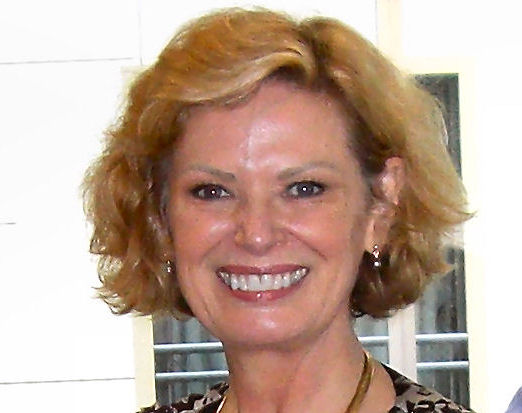
 They have a single point of contact with Centrelink as they (Centrelink)
are on the ground in the Recovery Centres. The numbers of veterans
in the areas most affected has been analysed and the number involved
seems to be about 11,000. However only around 215 of these are
currently in the claims or review process.
They have a single point of contact with Centrelink as they (Centrelink)
are on the ground in the Recovery Centres. The numbers of veterans
in the areas most affected has been analysed and the number involved
seems to be about 11,000. However only around 215 of these are
currently in the claims or review process. 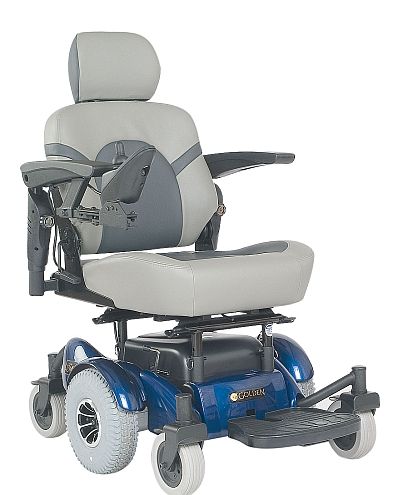
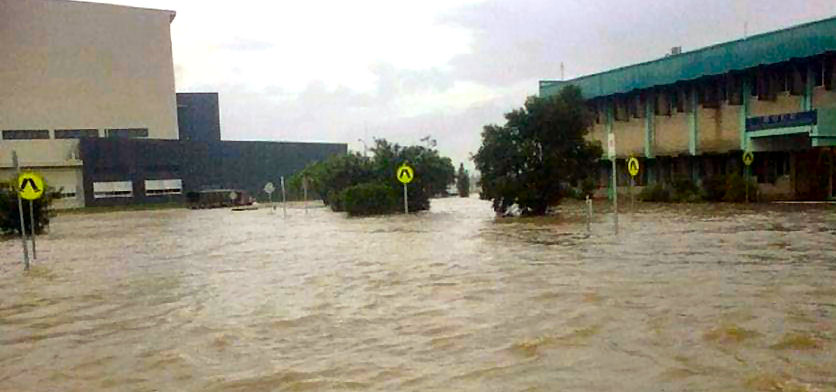

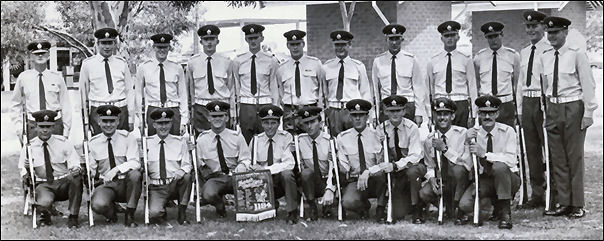
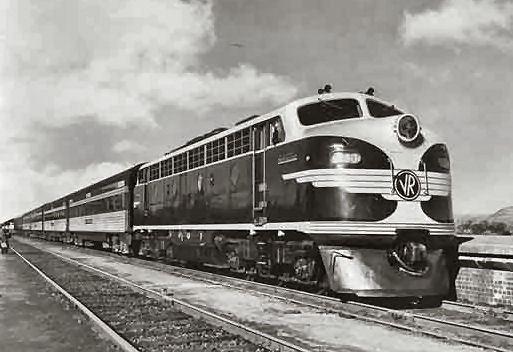
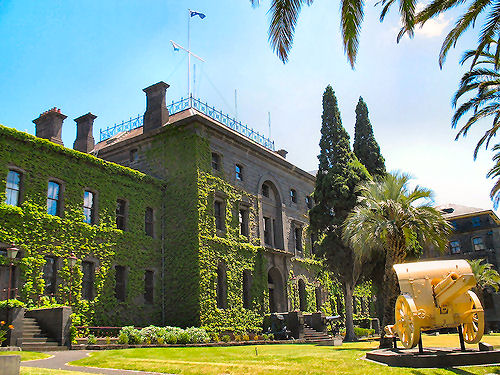
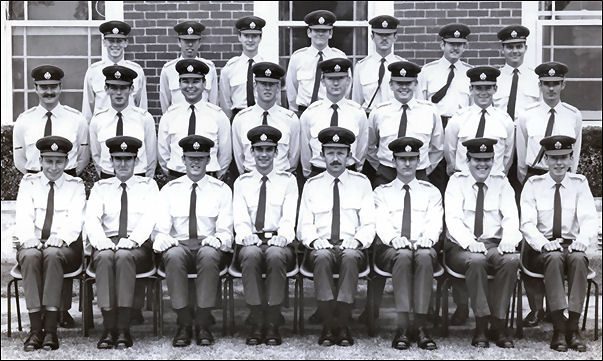
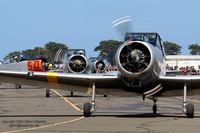 went to 1FTS. We spent four weeks there working strictly on
foreigners. This was the bulk of the work in the shop. So Reg and I
repaired black and white televisions. Somebody made a killing, but
it wasn’t us. I did see the occasional airy go out to pull a set out
of a Winjeel once or twice and I saw (or heard) a couple of sets
screaming away on the bench, but that was about it.
went to 1FTS. We spent four weeks there working strictly on
foreigners. This was the bulk of the work in the shop. So Reg and I
repaired black and white televisions. Somebody made a killing, but
it wasn’t us. I did see the occasional airy go out to pull a set out
of a Winjeel once or twice and I saw (or heard) a couple of sets
screaming away on the bench, but that was about it.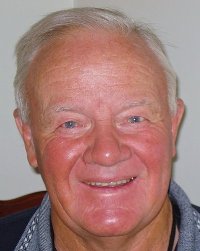 miss anything. Later, Eric Nothard (right) replaced him and a lot of
the dislike of WNGCDR Thorn was directed at Eric.
miss anything. Later, Eric Nothard (right) replaced him and a lot of
the dislike of WNGCDR Thorn was directed at Eric.